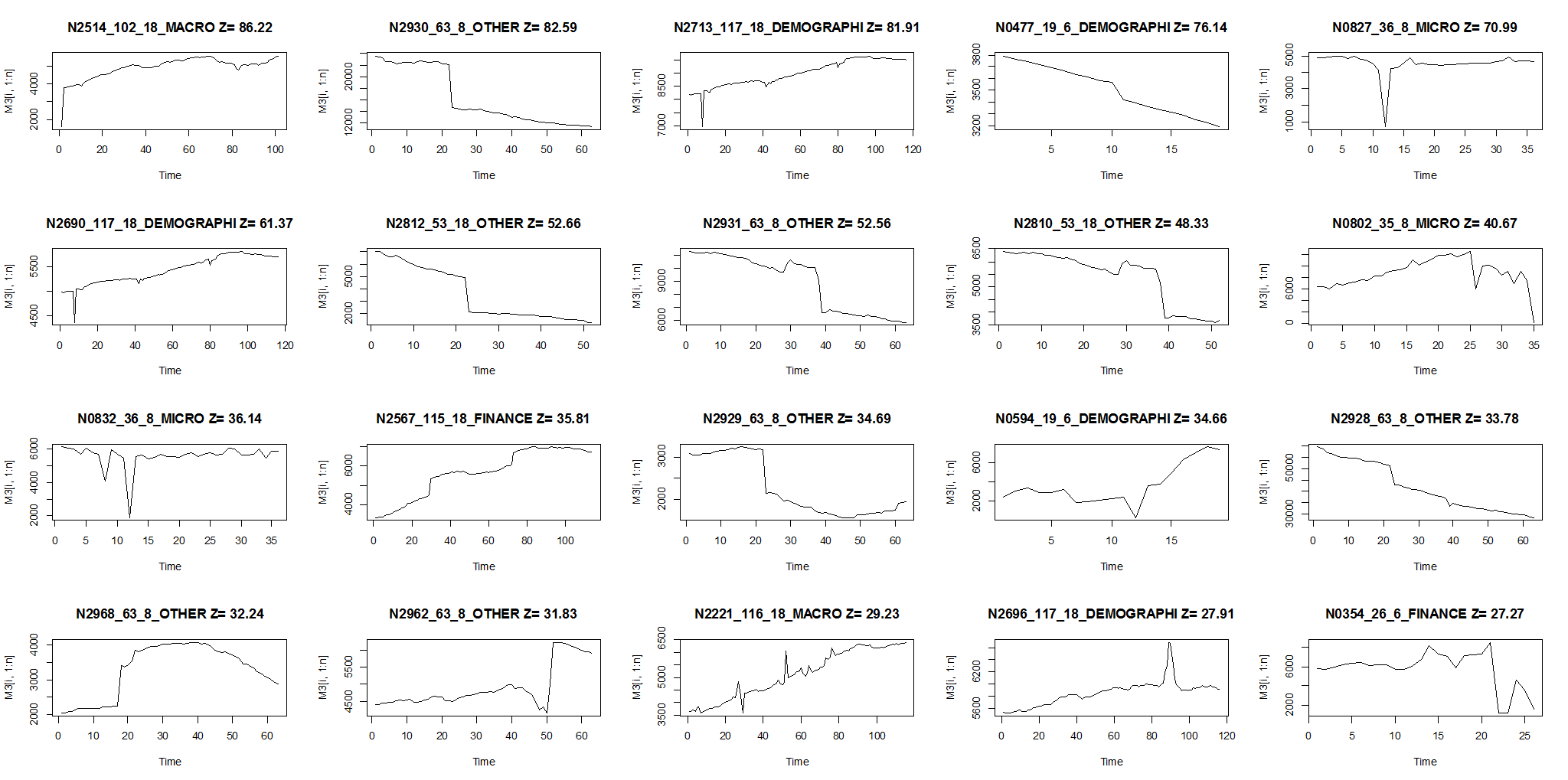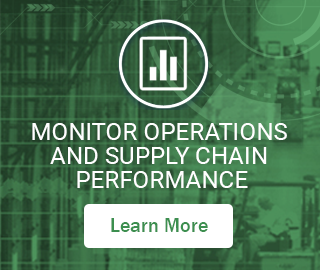Belmont, Mass., May 2023 – Smart Software, Inventory optimization, demand planning, and forecasting software leader, and Optimum Consulting, today announced their partnership to address the supply chain planning needs of the Manufacturing, Wholesale, and Retail industries in Australia and New Zealand. Optimum Consulting will sell and deploy Smart’s next-generation cloud platform, Smart Inventory Planning & Optimization (Smart IP&O™), as an integral part of its Sales, Operations, and Inventory Planning (SIOP) practice.
Smart Software is a Microsoft Co-sell-ready partner and, over the years, has created a flawless connector to integrate tools with Microsoft Dynamics. The integration brings the cloud-based Smart IP&O (Inventory Planning and Optimization) into the latest version of Microsoft Dynamic solution. By seamlessly integrating strategic planning in Smart IP&O with operational execution in Dynamics, business users can continuously predict, respond, and plan more effectively in today’s uncertain business environment. Smart’s unique approach to planning intermittent demand is especially impactful for public utilities and transit agencies, given the prevalence of spare parts with highly sporadic, seemingly unforecastable usage.
Optimum Consulting is a Microsoft Dynamics 365 Solutions Partner who is totally committed to the Manufacturing, Wholesale, and Retail industries in Australia and New Zealand. The Team’s experts help clients build agile operating models, drive business process improvements, and turn customers into advocates by delivering end-to-end Microsoft Dynamics 365, Microsoft Power Apps, Business Intelligence & Analytics, and Managed Services Solutions.
“Smart Software helps our customers by delivering insightful business analytics for inventory modeling and forecasting that drive ordering and replenishment in the latest version of Microsoft Dynamics. With Smart IP&O, our customers gain a means to shape inventory strategy to align with the business objectives while empowering their planning teams to reduce inventory and improve service,” says Matthew Lingard, CEO at Optimum Consulting
“Maximizing the benefits our solutions can provide requires the expertise and perspective to consider requirements, set goals, and to develop the supporting business process that ensures adoption and benefits. These are the qualities that The New Partner brings to the table and we look forward to our joint success,”…. says Greg Hartunian, President, and CEO at Smart Software
About Smart Software, Inc.
Founded in 1981, Smart Software, Inc. is a leader in providing businesses with enterprise-wide demand forecasting, planning and inventory optimization solutions. Smart Software’s demand forecasting and inventory optimization solutions have helped thousands of users worldwide, including customers at mid-market enterprises and Fortune 500 companies, such as Disney, Arizona Public Service, and Ameren. Smart Inventory Planning & Optimization gives demand planners the tools to handle sales seasonality, promotions, new and aging products, multi-dimensional hierarchies, and intermittently demanded service parts and capital goods items. It also provides inventory managers with accurate estimates of the optimal inventory and safety stock required to meet future orders and achieve desired service levels. Smart Software is headquartered in Belmont, Massachusetts and can be found on the World Wide Web at www.smartcorp.com.
About the Partner, Inc.
Optimum Consulting is a Microsoft Dynamics 365 Solutions Partner who is totally committed to the Manufacturing, Wholesale, and Retail industries in Australia and New Zealand. The Team’s experts help clients build agile operating models, drive business process improvements, and turn customers into advocates by delivering end-to-end Microsoft Dynamics 365, Microsoft Power Apps, Business Intelligence & Analytics, and Managed Services Solutions. The Team’s functional expertise covers eCommerce, Retail, Pricing & Promotions, Customer Data Platform, Customer Journey Mapping, Customer Experience, Forecasting & Master Planning, Advanced Warehouse, and Production Planning. Optimum Consulting’s technical capabilities span across Commerce Design and Development, Commerce Server, Point of Sale (POS) Development, Finance and Supply Chain Management (SCM) Development, Artificial Intelligence (AI) and Machine Learning (ML), Data Warehouse and Data Lake, and related Microsoft Cloud solutions.
For more information, please contact Smart Software, Inc., Four Hill Road, Belmont, MA 02478.
Phone: 1-800-SMART-99 (800-762-7899); FAX: 1-617-489-2748; E-mail: info@smartcorp.com















